I want to build an undirected bipartite graph where an edge connects a user with his/her interests. The graph looks something like this mock up, where users are represented by green circles and interests by red circles.
To find the similarity between two users, I try to find all the possible paths between the first user and the second user. For example, there are two possible paths between User 0 and User 4(0 --> 6 --> 2 --> 8 --> 4 and 0 --> 5 --> 1 --> 7 --> 3 --> 8 --> 4). This is what I tried so far:
private int v = 4;
public static void Main()
{
var graph = new UndirectedGraph<int, SEdge<int>>();
List<int> vertices = new List<int>();
for (int i = 0; i < 11; i++)
{
vertices.Add(i);
}
graph.AddVertexRange(vertices);
//Edges incident to 0
graph.AddEdge(new SEdge<int>(vertices[0], vertices[5]));
graph.AddEdge(new SEdge<int>(vertices[0], vertices[6]));
//Edges incident to 1
graph.AddEdge(new SEdge<int>(vertices[1], vertices[5]));
graph.AddEdge(new SEdge<int>(vertices[1], vertices[6]));
//Edges incident to 2
graph.AddEdge(new SEdge<int>(vertices[2], vertices[6]));
graph.AddEdge(new SEdge<int>(vertices[2], vertices[8]));
//Edges incident to 3
graph.AddEdge(new SEdge<int>(vertices[3], vertices[7]));
graph.AddEdge(new SEdge<int>(vertices[3], vertices[8]));
//Edges incident to 4
graph.AddEdge(new SEdge<int>(vertices[4], vertices[8]));
Func<SEdge<int>, double> edgeWeights = se => 1.0;
//Vertex distance observer
var observer = new UndirectedVertexPredecessorRecorderObserver<int, SEdge<int>>();
//DFS Algortihm
var dfs = new UndirectedDepthFirstSearchAlgorithm<int, SEdge<int>>(graph);
// dfs.FinishVertex += VertexFinished;
// dfs.ForwardOrCrossEdge += TransverseEdge;
dfs.TreeEdge += TransverseEdge;
dfs.Compute(0);
}
public void TransverseEdge(object sender, EdgeEventArgs<int, SEdge<int>> ed){
if(ed.Edge.Source == v){
Console.WriteLine("Visited {0}", ed.Edge.Source);
}
}
The above code only prints one times but it should be printing twice as there are two paths.
I also tried to implement the solution given in this answer. However, that prints one possible path. So, how can I use QuickGraph to print all the possible paths between two vertices?
